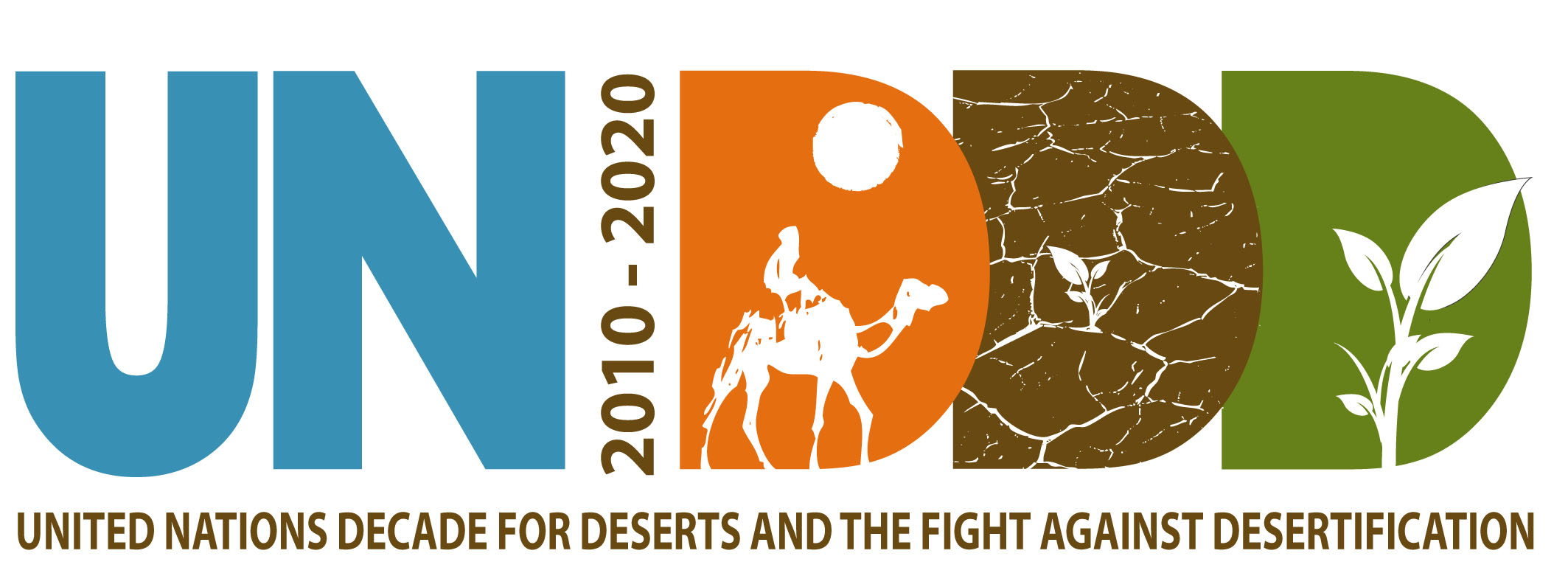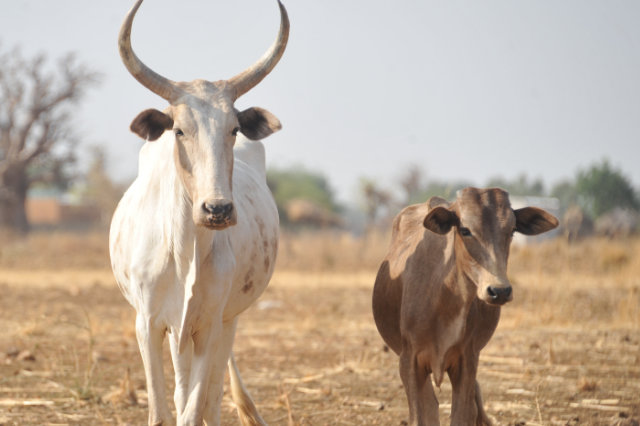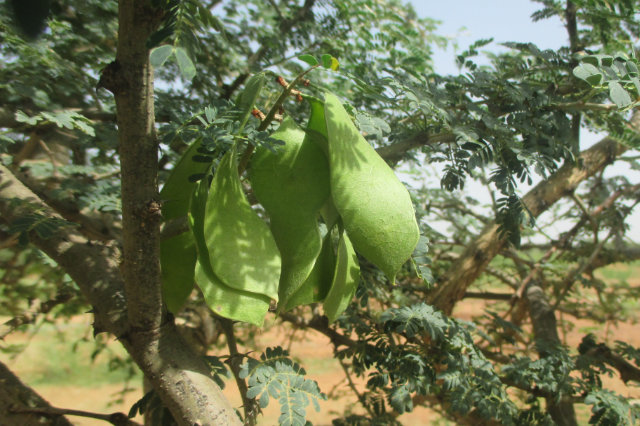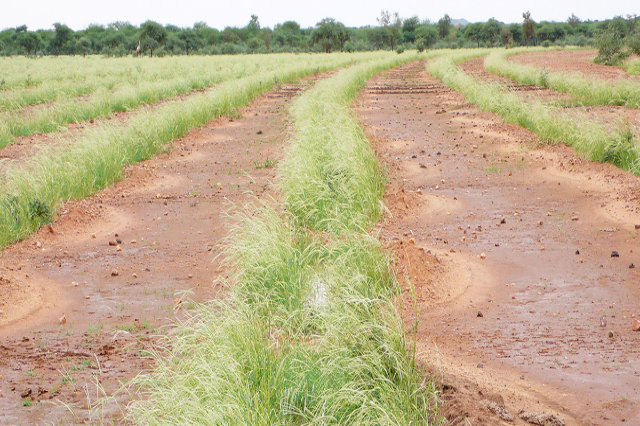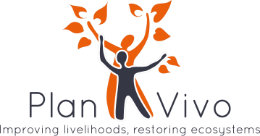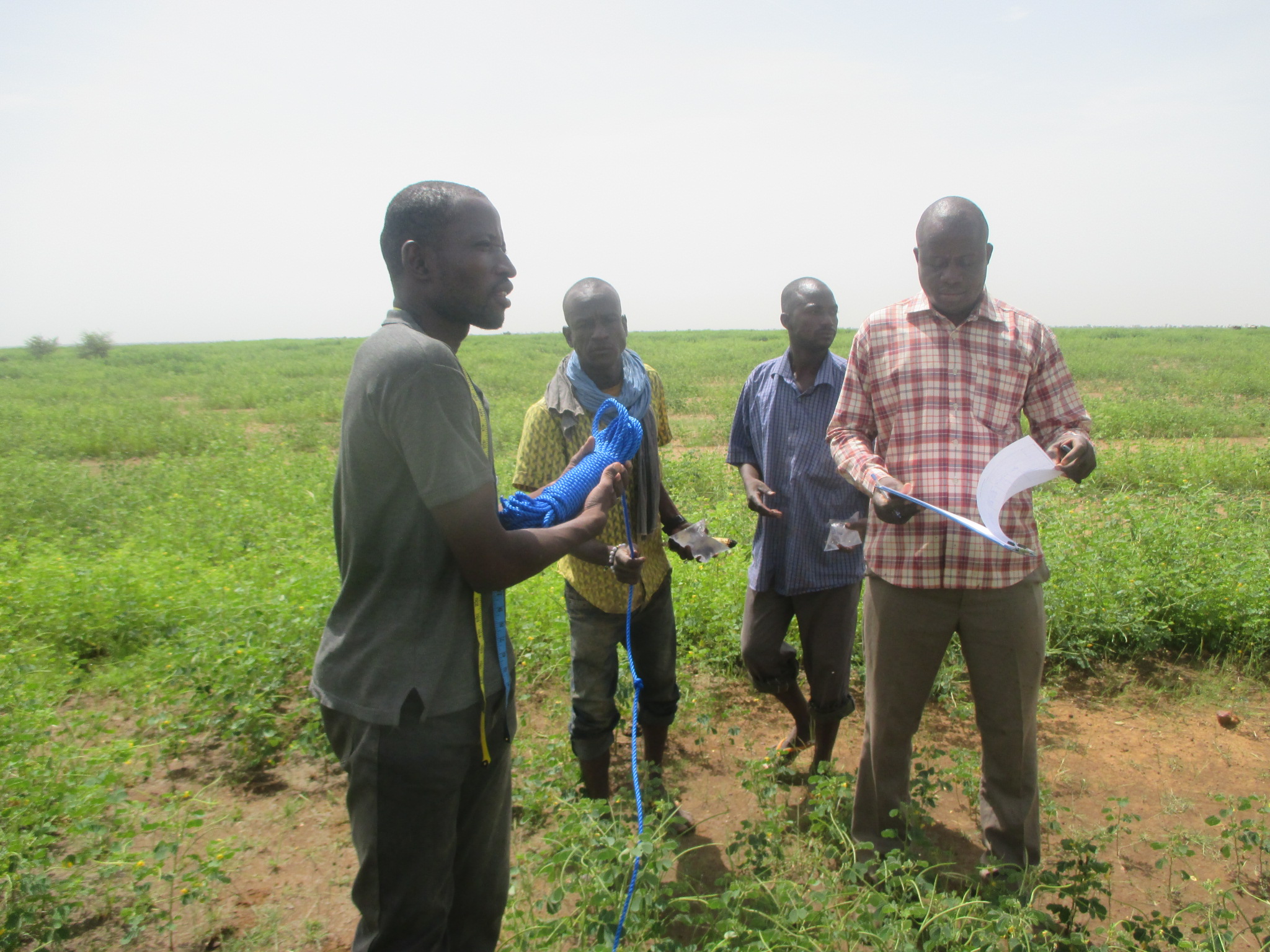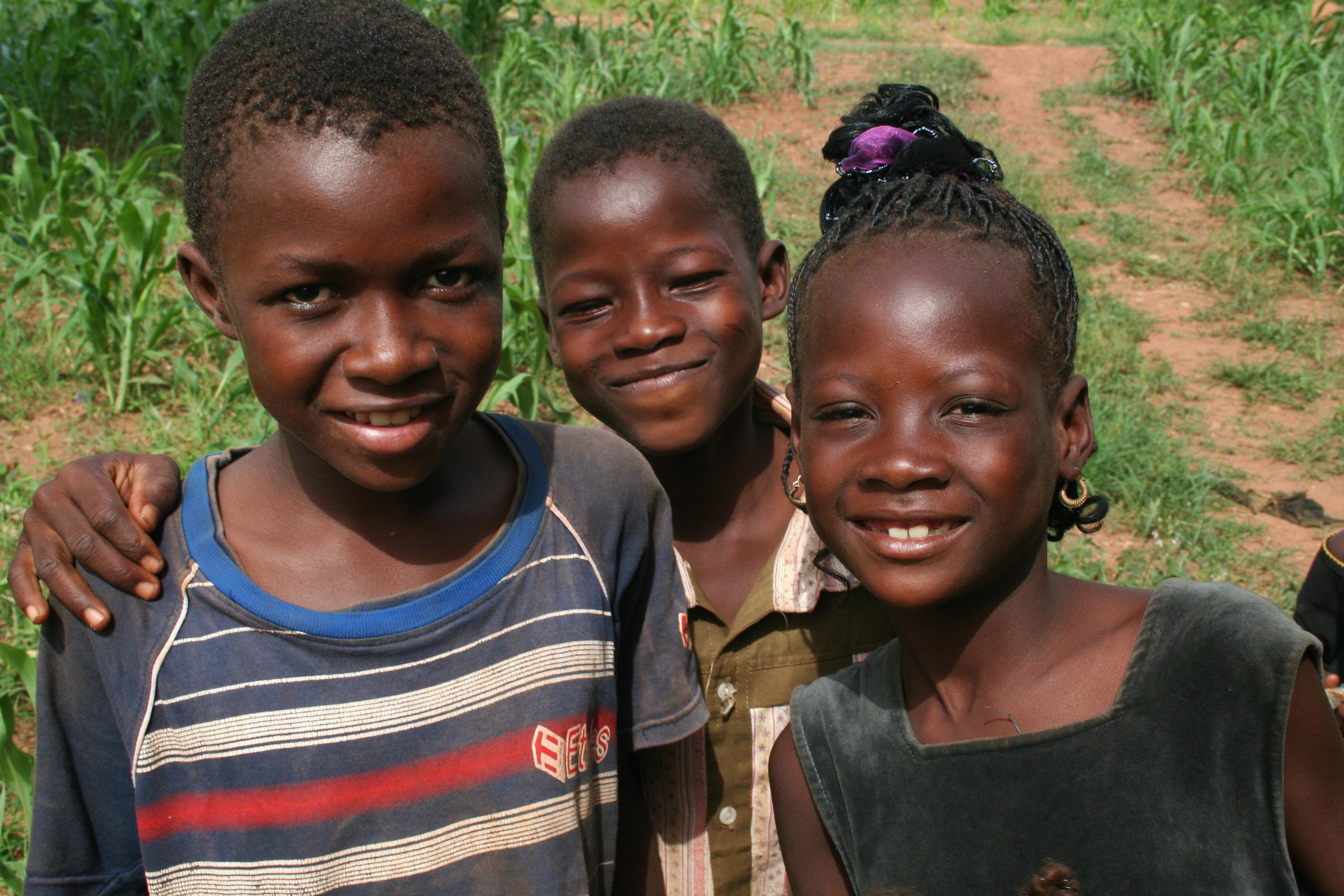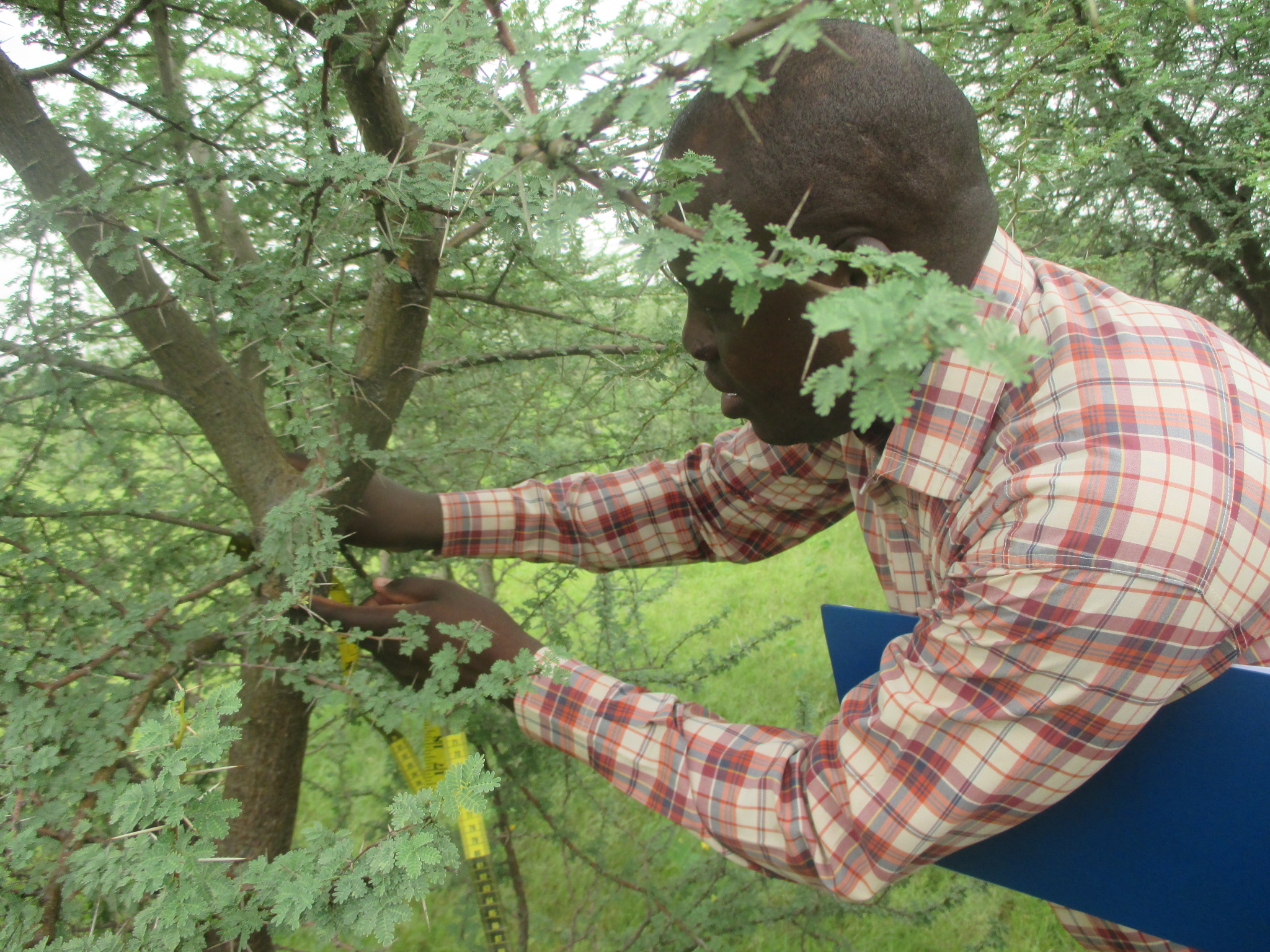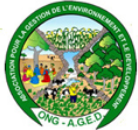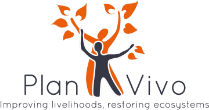This climate project addresses a degrading biodiversity & agricultural situation leading to desertification, hunger & migration. The project applies clever yet simple agricultural restauration techniques giving another chance to grass, plants and trees. It regenerates flora allowing fauna to return and improves the life of the Sahel Burkinabè.
The Sahel region is the poorest of the country in terms of GDP/inhabitant. The vast majority of the population depends on modest income-generating crop and livestock farming activities for survival.
Pressures linked to poverty and population growth in the region, combined with droughts, have lead to overgrazing and excessive land cultivation. This has caused important soil denudation and destruction of the vegetation cover leading to serious desertification. As a result, the bare soils have become very vulnerable to water erosion, leading to significant land degradation.
The local communities are facing decreasing productivity of the land, characterised by a clogged, hardened and impenetrable surface. This leads to increasing pressures for the population in finding food and generating income. This is already leading to migratio
